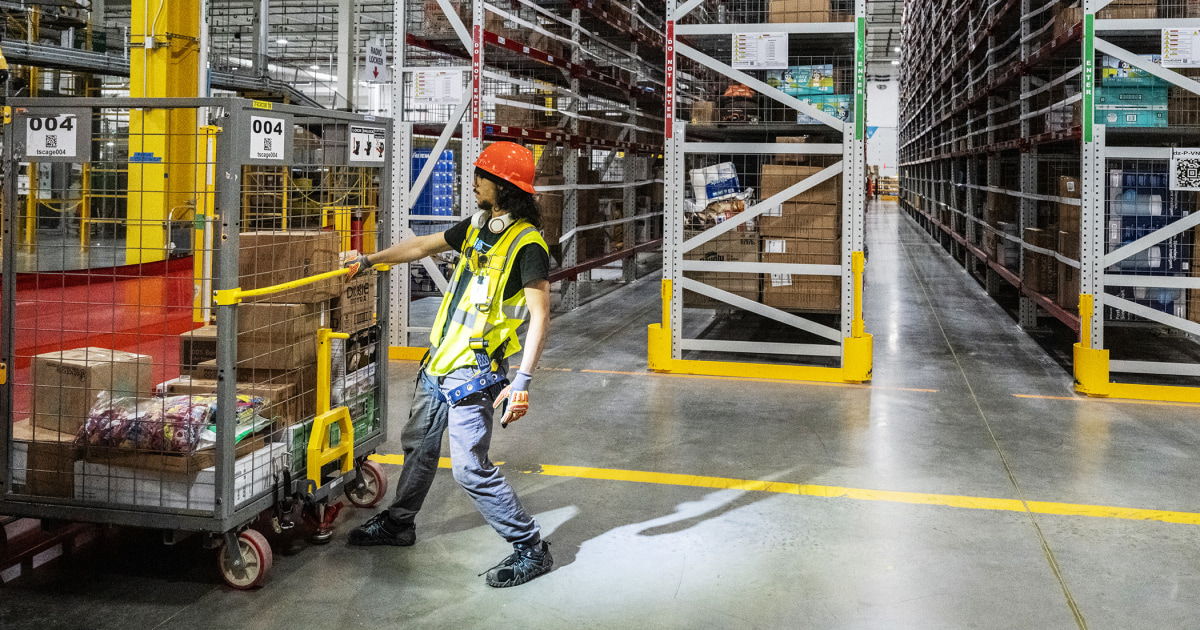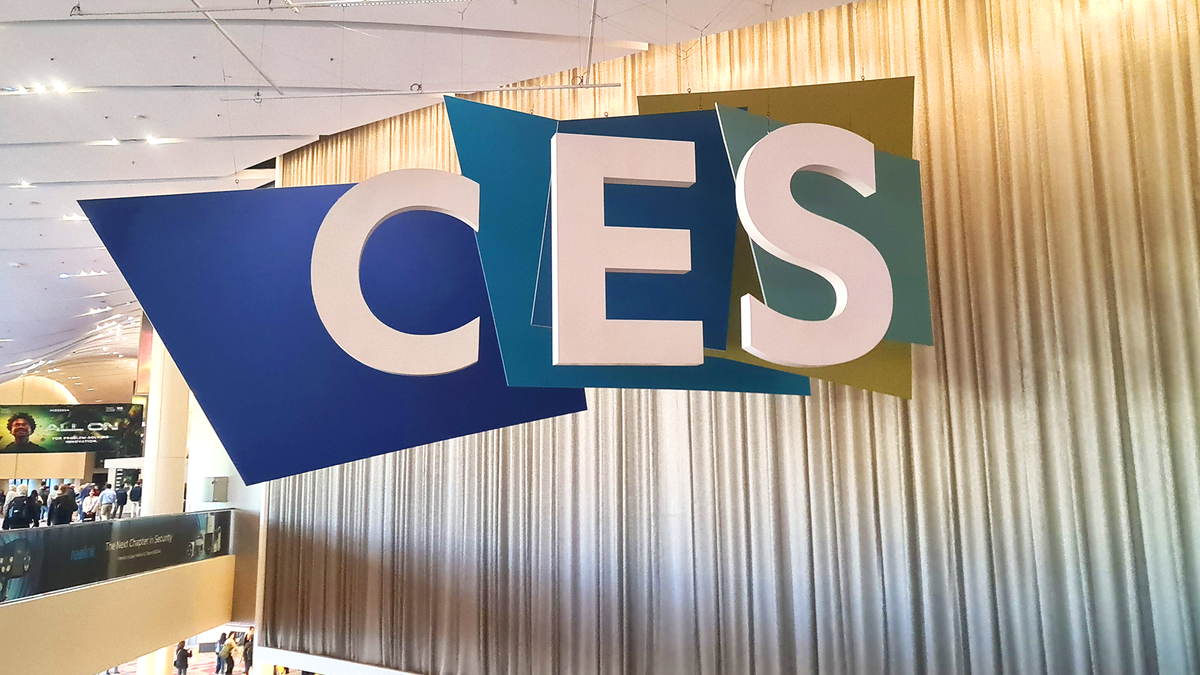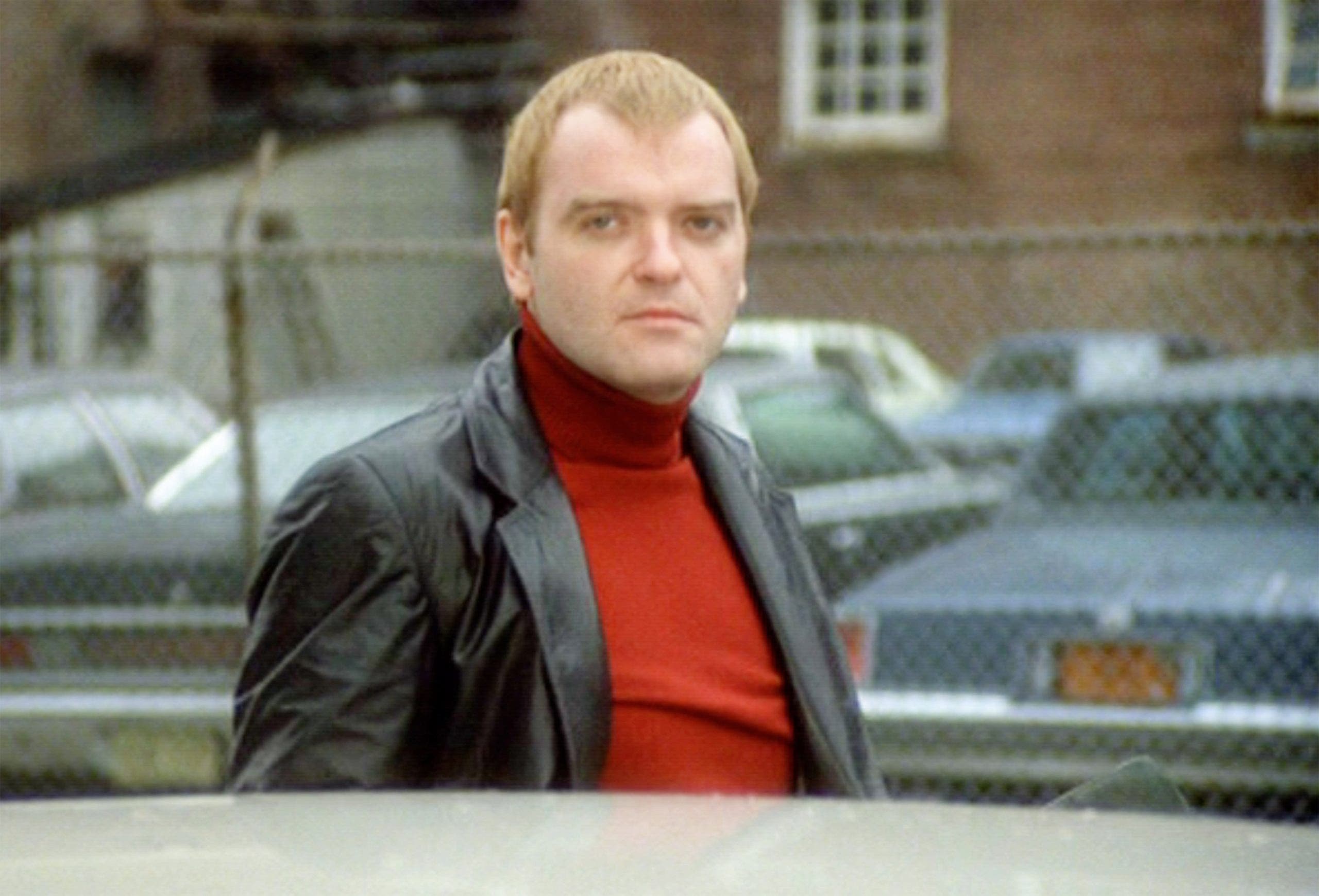Jobs
Markets await latest jobs data amid rapidly cooling labor market

The “Great Stay” in the U.S. jobs market grinds on.
The good news is that, on average, companies are hanging on to their current workers — something reflected in the rate of layoffs’ falling to a record low.
Yet the hiring rate has also fallen to a level not seen since the onset of the pandemic — and before that, 2014.
The upshot: If you have a job, you’re unlikely to lose it these days, barring some exceptions.
But you’re going to struggle if you’re looking for a new one.
At 8:30 a.m. ET, the Bureau of Labor Statistics will report payrolls data for July. Analysts expect a gain of 185,000, down from 206,000 in June.
But economists will be squarely focused on the unemployment rate, which has now climbed for three months in a row, to 4.1%, its highest level since December 2021.
It was forecast to have remain unchanged — but some economists are increasingly concerned that the lack of hiring will push it even higher.
“Even a few months ago, the labor market seemed fine, the trajectory looked stable,” said Guy Berger, director of economic research at the Burning Glass Institute, a think tank. “Today, things look a bit shakier.”
While Berger doesn’t see an imminent recession, it wouldn’t take much for the gradual downturn to become a more significant one, he said.
The Federal Reserve doesn’t envision that outcome — and in fact is largely in control of it, economists say.
On Wednesday, the Fed announced that it was leaving its key interest rate unchanged at about 5.5% — but at a news conference after the announcement, Fed Chair Jerome Powell said the central bank would most likely cut the rate at its next meeting in September.
By cutting interest rates, the Fed would reduce the cost of borrowing for goods and services, which would result in lower monthly payments for consumers and businesses alike who are subject to variable annual percentage rates.
In turn, demand and hiring are likely to increase throughout the economy.
The Fed therefore believes it can put a floor underneath the labor market that prevents it from deteriorating further, Berger said.
While there is reason to believe it can accomplish that, there is an alternative view that it is already behind the curve and should have cut interest rates by now.
“Historically, deteriorating labor markets generate a self-reinforcing feedback loop,” former New York Federal Reserve President Bill Dudley wrote in a Bloomberg News op-ed last week. “When jobs are harder to find, households trim spending, the economy weakens and businesses reduce investment, which leads to layoffs and further spending cuts.”
Another worrying sign: The job growth that is occurring has been in an exceptionally narrow range of occupations, like health care and, to a lesser extent, government, particularly at the state and local levels.
From 2015 to 2019, the average monthly pace of payrolls growth outside of those industries was about 137,000, said Julia Pollak, chief economist at ZipRecruiter.
For the past six months, it has averaged 90,000, Pollak said.
And for the past three months, it has averaged just 58,000.
“What we need to see is strong private-sector labor market growth, and outside of health care, what we’ve seen instead is a very, very rapid deceleration that has shown no signs yet of stabilizing,” Pollak said.
The result has been an economy of haves and have-nots, she said.
“The demand for labor has softened substantially; [high] interest rates are having a real effect,” Pollak said. “They are causing businesses to forgo growth opportunities, something that’s causing consumers, especially low-end consumers, to pull back. We’re seeing a bifurcation in consumer behavior.”
Pollak also said leisure and hospitality jobs — a key entry point into the labor market — have actually declined outright in recent months, putting further pressure on workers to secure employment.
Berger said the best outcome is that there won’t be further deterioration. Sluggish growth, he said, is likely to continue for the foreseeable future.
“I think the Fed is going to keep a lid on how much things heat up — it probably has a soft ceiling on how high it wants to go,” he said.
“So we’re going to be stuck in this period for quite a while, where the environment for someone looking for a job is just not great. Things could always get a lot worse, but if you’re hoping for things to turn around, I don’t think the prospect of a big rapid rebound is feasible. It’s going to be gradual and going to take time.”









